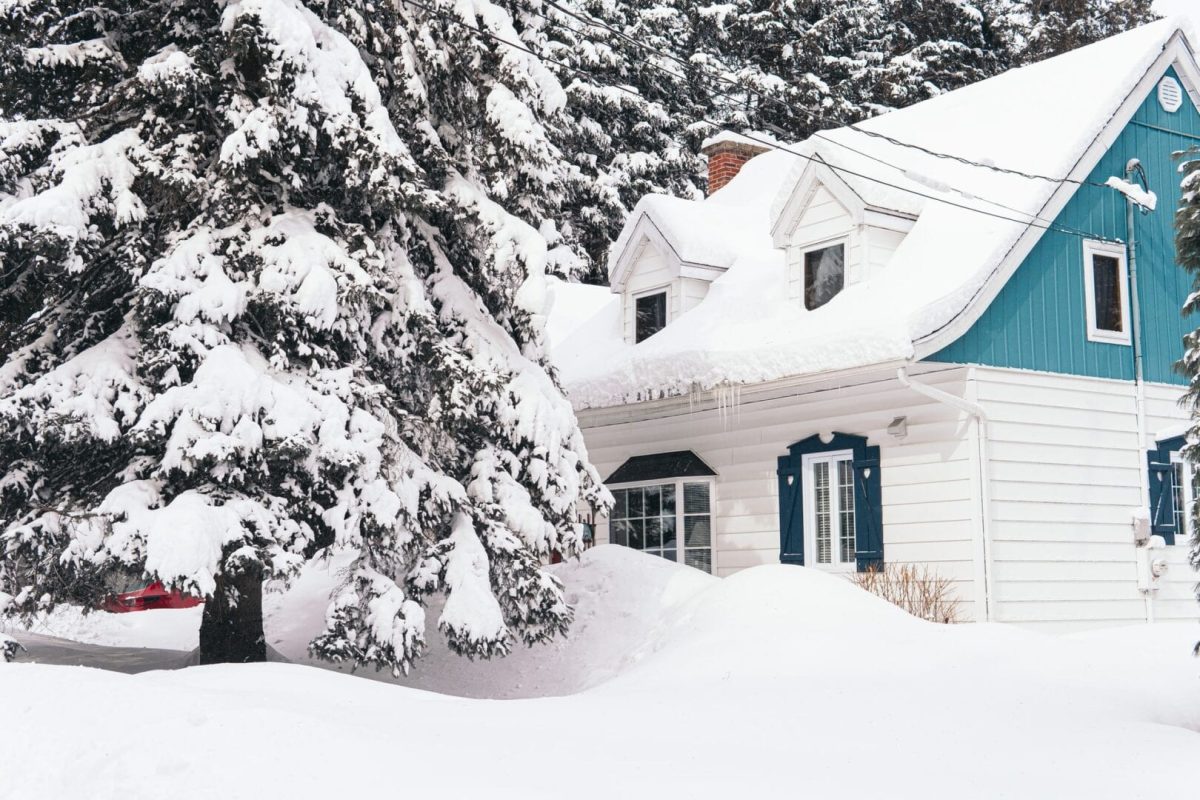Lifestyle
Weatherization can help you reduce your energy bills and make your home more comfortable.
It’s summer and we turn on the air conditioning. Winter has finally returned and I’m shivering under a pile of blankets waiting for the warmth to come. As the seasons have passed, it has become common to try to make your home more beautiful.
We are here What if I told you that you could improve your home, reduce your energy bills and fight climate change all at the same time?
Climate change refers to home improvements that reduce the energy you use to keep your home comfortable, including moisture management, waterproofing, ventilation and insulation, and replacing tables and windows .
For example, sealing your home with caulking and weatherstripping can keep unwanted cold air out in the winter and can help improve indoor air quality during the winter. Not only does this improve the comfort of your home, but it also means you can reduce your heating and cooling costs and make your home more energy efficient. But you don’t have to go through this home improvement journey alone! The first step is a home energy audit which can give you great advice on energy use, home comfort and safety, and the best upgrades for your home.
The Inflation Reduction Act (IRA) includes $8.8 billion in rebates for home energy use and energy projects, and according to the Office of State and Community Services Help, we’ll be sharing those price metrics when available later this week. year.
THE WEATHERIZATION-EQUITY CONNECTION
Irrigation plays an important role in improving energy equity. In the United States, lower-income households have a higher “energy burden,” which means that a larger portion of their total income is spent on energy costs. According to the U.S. Council on Energy Efficiency Economics, low-income households spent 8.1 percent of their income on energy costs in 2017, compared to 2.3 percent for high-income households. This is especially true for the BIPOC community. In the same year, black households spent 43% more on utility bills than white households. The report found that Latino families spent 20% more and Native American families 45% more.
The good news is that there are government initiatives to address this issue. For example, the US Department of Energy (DOE) states that “Improve the energy efficiency of homes owned or occupied by low-income residents and reduce energy use for the entire home.”
These efforts have borne fruit. WAP services save low-income households an average of $372 per year in utility bills. But the benefits don’t stop there. The process improved health and “reduced work days (including sick leave and doctor visits) and reduced average outpatient costs by $514.
THE BENEFITS GO ON
Beyond simple cost savings, indoor air helps reduce energy emissions into the indoor and outdoor environment, which accounts for approximately 21% of all US electricity use. By reducing power demand from polluting sources and power plants, air pollution can improve air quality and reduce the health impact of power plants on the health of surrounding communities. Other benefits of air include disease reduction, increased productivity and community development. According to the Department of Energy, climate change could result in $2.78 in “non-electric benefits” for every dollar invested in WAPs.
TAKE ACTION NOW
Did you know that new tax laws such as the Personal Income Tax Act (IRA) offer many great incentives to help families at all income levels? Do you want to learn more and make your life happy?

